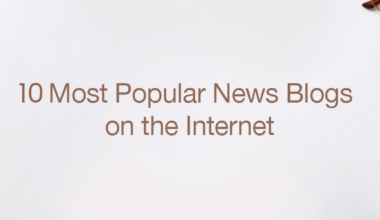The Internet of Things (IoT) and Blockchain are the two subjects which are causing a lot of publicity and fervor, not simply in the innovation circle but rather in the more extensive business world, as well. The Current Internet of Things biological systems depend upon the incorporated, handled correspondence models, also known as server/customer worldview.
While this model has associated with non-specific processing gadgets for a considerable length of time and will keep on supporting little scale as we see them today, IoT won’t have the capacity to react to the developing needs of the gigantic environments of tomorrow. Existing IoT arrangements are costly which is a direct result of the high framework and support cost related to incorporated mists, huge server cultivates and organizing hardware.
IoT is a term which is used to portray the continuous expansion of the web, information gathering gadgets into our work and individual lives. The blockchain is a scrambled, dispersed PC documenting framework intended to permit the formation of carefully designed, continuous records.
Set up them together and in principle, we have an undeniable, secure and changeless technique for recording information prepared by “shrewd” machines in the IoT.
Why combine IoT and blockchain?
The blockchain is a database that keeps up a consistently developing arrangement of information records. It is dispersed in nature, implying that there is no ace PC holding the whole chain. It’s regularly developing — information records are just added to the chain.
A blockchain comprises of two sorts of components:
- Transactions are the activities made by the members in the framework.
- Blocks record these exchanges and ensure they are in the right grouping and have not been messed with.
Joined with the blockchain, Internet of things, it will be as simple to get information from sensors in a stockroom as getting to sites on our cell phones. For instance, BIoT can be utilized to track shipments of pharmaceuticals and to make brilliant urban areas in which associated warming frameworks better controls vitality utilize and associated activity lights better oversee surge hour.

How does it work?
When somebody needs to add an exchange to the chain, every one of the members in the system will approve it. They do this by applying a calculation to the exchange to check its legitimacy. What precisely is comprehended by “legitimate” is characterized by the blockchain framework and can contrast between frameworks. At that point, it is up to a lion’s share of the members to concur that the exchange is substantial.
The decentralized, self-sufficient, and trustless capacities of the blockchain make it a perfect segment to end up a foundational component of IoT arrangements. It is nothing unexpected that undertaking IoT advancements have rapidly turned out to be one of the early adopters of blockchain innovation.
In an IoT organization, the blockchain can keep a permanent record of the historical backdrop of keen gadgets. This component empowers the self-ruling working of savvy gadgets without the requirement for the concentrated expert. Thus, the blockchain opens the way to a progression of IoT situations that were amazingly troublesome, or even difficult to execute without it.






